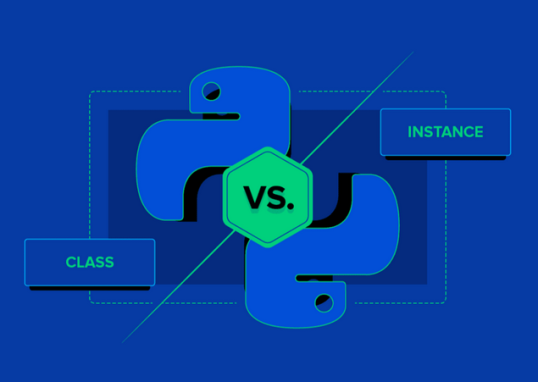Generative AI refers to a category of artificial intelligence that involves training models to generate new content or data based on patterns and information present in the training data. OpenAI is a prominent organization that has developed and released powerful generative models for various NLP tasks. One of the notable models is GPT, such as GPT-3, GPT-3.5, and GPT-4. These models have been influential in the fields of text data labeling and classification.
Generative AI focuses on training models to generate new data instances that resemble existing examples. It is often used for tasks such as text generation, image synthesis, and more. Generative models are trained on large datasets to learn underlying patterns, allowing them to generate coherent and contextually relevant content. In text-related tasks, generative AI can be applied to text completion, summarization, question answering, and even creative writing. Let’s take a look at some key concepts that will help us with labeling text data.
GPT models by OpenAI
OpenAI has developed a series of sophisticated language models, with GPT-4 being among the most advanced. These models undergo pre-training on diverse datasets, enabling them to excel in various natural language understanding and generation tasks.
Zero-shot learning capabilities
GPT models are renowned for their zero-shot learning capabilities, enabling them to make predictions or generate content for tasks they were not explicitly trained on. This versatility enhances their applicability across diverse domains.
Text classification with OpenAI models
Leveraging the language understanding and generation capabilities of OpenAI models, they can be effectively utilized for text classification tasks. This includes sentiment analysis, topic categorization, and other classification-based applications.
Data labeling assistance
Although GPT models are not specifically designed for traditional data labeling tasks, they can offer assistance in generating labeled data. This can be achieved through natural language instructions or by providing context that aids in making labeling decisions.





